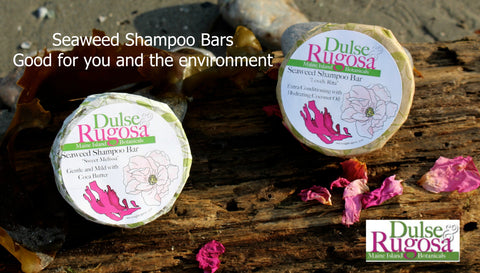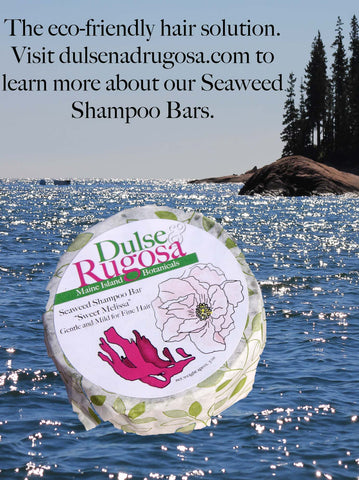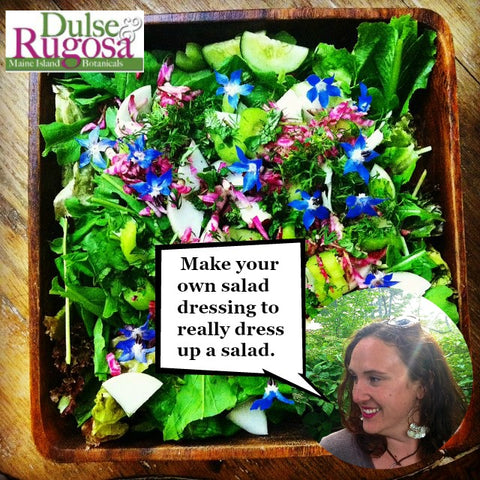
Shampoo bars are a fabulous way to wash your hair and eliminate plastic bathroom clutter at the same time. It's not just bathroom clutter we need to think about- it's also all the plastic we use, that keeps coming back to clog up our beautiful Earth.
Both Carly and I have super curly, easy to frizz hair. In the past, we were hair product junkies. A large bottle of conditioner might last a week. I shampooed everyday due to my tendency to look like a deranged cartoon character with severe bed head.
I also suffered from itchy scalp. I’ve battled flakey head since high school. At one point, it got really bad. I hoped my hairdresser wouldn’t notice-fat chance. He thought it was very “unusual”. I dreaded my next appointment. He suggested seeing a doctor. I knew exactly what the doctor would prescribe- a highly medicated/toxic/unnatural shampoo. I was right. Now, I had weird scalp and horrible looking hair. By chance and desperation I picked up a shampoo with seaweed as an ingredient. Viola, my itchy scalp improved.
This experience got us thinking, researching and finally experimenting. Shampoo bars are super luxurious soap concoctions. We blend together oils with properties to benefit hair and scalp. Castor oil is super conditioning and makes a rich lather. Coconut oil penetrates, protects and adds shine. Sweet Almond oil works as a sealant and locks in moisture.. Olive oil packs a power punch and is not just for salads. Olive oil moisturizes, conditions, helps fight dandruff and improves hair strength.
Another very important ingredient in our shampoo bars is seaweed. Seaweeds are the powerhouses of our shampoo bars. Kelp in particular contains essential nutrients to help hair grow. Seaweeds are super gentle cleaners and naturally hydrate. Plus seaweeds help control flaky scalps and can help promote hair growth.
Shampoo bars work differently than conventional shampoos and conditioners. Be aware that it might take a week or two for your hair to adjust. You need to detox from product build up. I was a bit reluctant to try our shampoo bars, even though Carly had been using them and frankly raving about the results. Her hair was looking gorgeous but mine is a bit curlier. I was afraid to give up all my conditioners. Instead of conditioning after shampooing I spritz with a 1/2 cider vinegar to 1/2 water mix. This mildly acidic solution helps balance the Ph as shampoo bars tend to be more alkaline and helps make the hair follicle shine and lay flatter.

I’ve been using shampoo bars for a few years now. I am super happy with my hair. A long time ago, I made peace with my curls. I decided I would stop trying to have straight hair. Now, I don’t even use conditioners. Plus, I’ve saved tons of money and we've reduced our plastic consumption. Shampoo bars are the way to go.






